It’s likely that many of us serve multiple students on our caseloads who have ADHD diagnoses, but our knowledge of this disorder may be limited or outdated. October is ADHD Awareness month, so it’s the perfect time for us to grow our understanding of ADHD!
In this blog post, I’ll cover fundamental concepts related to ADHD and offer some additional resources to check out if you are interested in going deeper.
What Is ADHD and What SLPs Need to Know About ADHD?
ADHD is a neurodevelopmental disorder. In other words, it is brain-based, and it begins in childhood. Similar to what we see with autism, ADHD traits can vary widely from person to person. However, the disorder nearly always impacts executive functioning, including working memory, task initiation and completion, and complex problem solving.
There are three main presentations (or types) of ADHD. The first is “predominantly inattentive.” As you can probably guess from the name, this type of ADHD involves difficulty with paying attention. For our students, this could look like making seemingly careless mistakes, having trouble following instructions and organizing tasks, being easily distracted, and losing things.
The second possible presentation of ADHD is “predominantly hyperactive-impulsive.” Again, the name itself paints a pretty clear picture! Students with this diagnosis may need to move their bodies a lot. They may interrupt others and have difficulty with activities that involve taking turns or waiting.
The third possible presentation of ADHD is “combined,” and you guessed it—individuals with this diagnosis exhibit characteristics of both the inattentive and the hyperactive-impulsive types.
Two quick side notes:
- ADHD traits can change over time, and like autism, ADHD can look different in females vs. males.
- If you’re thinking, “Didn’t it used to be called ADD?” you’re right! The name changed in 1994, and now it’s called “Attention-Deficit/Hyperactivity Disorder,” whether hyperactivity is actually present or not.
What Causes ADHD?
Scientists still don’t know exactly what causes ADHD, although they do know that it’s hereditary. There are also potential contributing factors, including prenatal substance exposure, premature delivery, low birth weight, and postnatal injury to the prefrontal area of the brain.
Many of us have probably heard that ADHD is caused by things like eating too much sugar or watching too much TV, but this isn’t supported by research.
How Common Is ADHD?
Statistics on the prevalence of ADHD tend to vary according to source and sample size. According to a 2015 meta-analysis of 175 studies, the worldwide prevalence of ADHD in children 18 and under is about 7.2%. Significantly more boys are diagnosed than girls, but this is slowly changing.
How Is ADHD Diagnosed?
ADHD can be diagnosed by clinical psychologists, clinical social workers, nurse practitioners, neurologists, psychiatrists, and pediatricians. The DSM-5 specifies that at least some symptoms need to have been present before age 12, and also requires diagnosticians to specify if the ADHD is “mild,” “moderate,” or “severe.” In order to receive a diagnosis, children must have at least six of the possible symptoms (out of a long list!), and adults need to have at least five of the possible symptoms.
When it comes to diagnosing ADHD, there isn’t one single gold standard test. The process usually involves getting a thorough understanding of an individual’s history, often using checklists and rating scales that are filled out by parents and teachers. One really important part of the diagnostic process is ruling out other conditions, e.g., anxiety, autism, OCD, and so on (more on this later!).
How Is ADHD Treated?
Ideally, treatment for ADHD is multi-faceted. Medication is a common component of treatment, and it’s often accompanied by counseling, skills training, and other interventions. In school settings, accommodations and appropriate academic interventions can be a critical part of a child’s treatment plan—and this is why it’s so important for SLPs to have an understanding of ADHD!
How Can SLPs Best Support Students with ADHD?
One of the core features of ADHD is that it impacts executive functioning, and as SLPs, we know that executive functioning is connected to almost everything, especially when it comes to thriving at school! So, this is a primary area we may need to support with our students who have ADHD diagnoses.
Advocacy is another important part of our role when working with students who have ADHD, both in terms of advocating for them when needed and of teaching them to effectively self-advocate. Given the nature of some ADHD traits, students with this diagnosis are at risk of being labeled as “lazy” or “difficult,” and we may need to help colleagues, parents, and students understand why these labels are unhelpful and inaccurate.
Additionally, it’s important for SLPs to be aware of the common comorbidities that often accompany ADHD diagnoses. ADHD only occurs alone 25% of the time! Some of the most frequent co-occurring conditions include anxiety, depression, learning disorders, autism, OCD, and trauma.
Is ADHD Part of the Neurodiversity Movement?
ADHD is absolutely part of the neurodiversity movement, and this is very relevant for SLPs. The neurodiversity movement holds that conditions like ADHD (and autism, dyslexia, OCD, Tourette’s, and others) are naturally occurring forms of human diversity. As such, our role as SLPs is not to try and turn a person with ADHD into someone who thinks and acts like a neurotypical person! Our job is to support wellbeing and academic access for our neurodivergent students and clients, and often this means focusing on environmental accommodations.
Additionally, it’s important for us to learn from students and adults who have ADHD diagnoses. They are the experts on their own experience.
What are Some Common Myths and Misconceptions about ADHD?
There is so much incorrect information floating around about ADHD that it could be a blog topic in itself! Here are some of the most common false ideas:
“ADHD is all bad news.”
Not true! This one is critical for us to understand so that we can support our students in accepting themselves and harnessing their strengths. Psychiatrist Edward Hallowell compares the ADHD brain to a Ferrari—it’s fast, powerful, and intuitive. Of course, like a Ferrari, there are some situations where it might need strategies and support to slow down and change direction as needed, but it’s always going to be a beautiful Ferrari.
“ADHD only occurs in boys.”
This is a tricky idea, because the truth is that in childhood, boys are definitely diagnosed more frequently than girls, but this may be due to diagnostician bias or social conditioning that encourages girls to mask their ADHD traits. The number of girls who are being diagnosed is slowly increasing, and by adulthood, the prevalence is almost the same in men and women.
“ADHD is a childhood condition.”
Similarly to autism, when we read or hear about ADHD, it’s almost always in reference to children, but longitudinal studies indicate that it continues into adulthood the majority of the time.
Wait . . . Could I Have ADHD?
It’s possible! Our field is predominantly women, and women are more likely to go into adulthood undiagnosed (although it does happen to men and nonbinary individuals as well). If this post has you wondering, this symptom checklist is a great resource that you could bring with you to your doctor or psychologist.
Like so many diagnoses that we encounter in our field, ADHD is incredibly complex, full of both challenges and hope. If you are interested in deepening your own knowledge base, please check out the references and resources below!
References and Resources
- The ADDitude Guide to ADHD Awareness Month 2022
- About ADHD
- ADHD Data and Statistics
- Diagnosing ADHD
- Myths and Misunderstandings – CHADD
- The Science of ADHD
- Thomas, R., Sanders, S., Doust, J., Beller, E., & Glasziou, P. (2015). Prevalence of attention-deficit/hyperactivity disorder: a systematic review and meta-analysis. Pediatrics, 135(4), e994-e1001.
- Treatment of ADHD
- Unlocking ADHD
Want to stay in the loop for new speech therapy ideas and inspirations? I have put together a free Digital SLP podcast to share insight and tips on implementing your speech therapy sessions. If you are looking for fun and interactive speech therapy materials that students and SLPs both will love, check out what the Digital SLP® membership site has to offer or sign up for our free trial now.


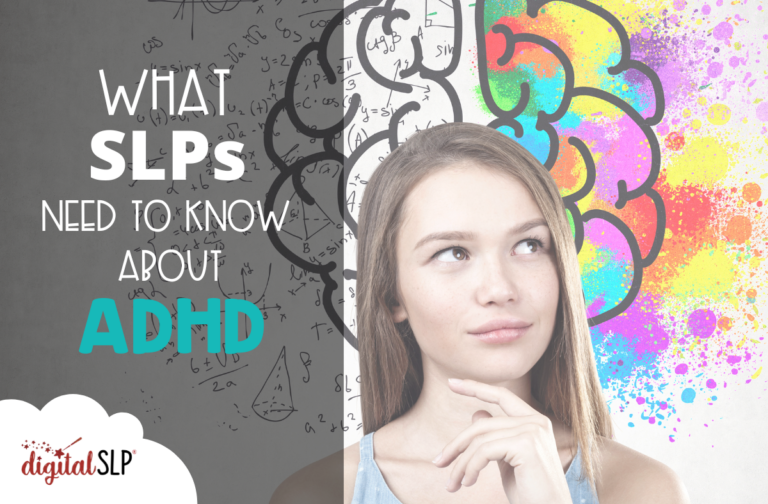



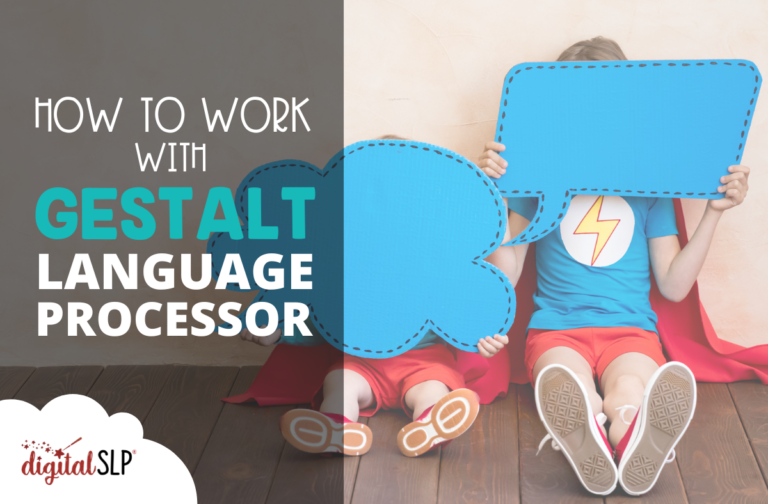
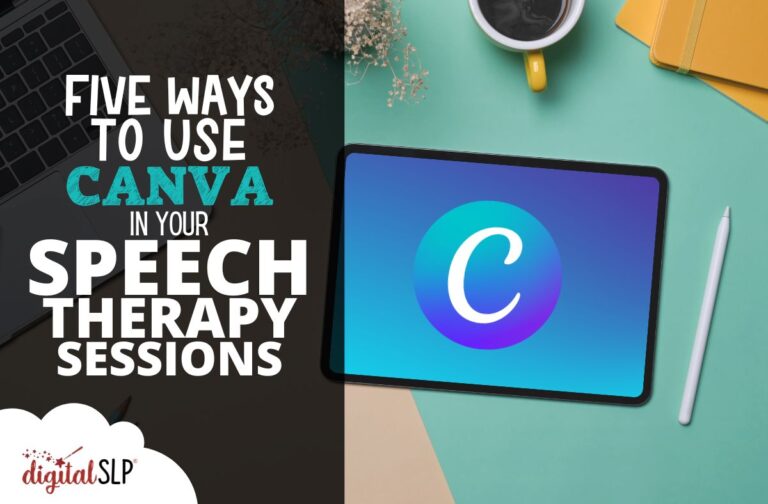
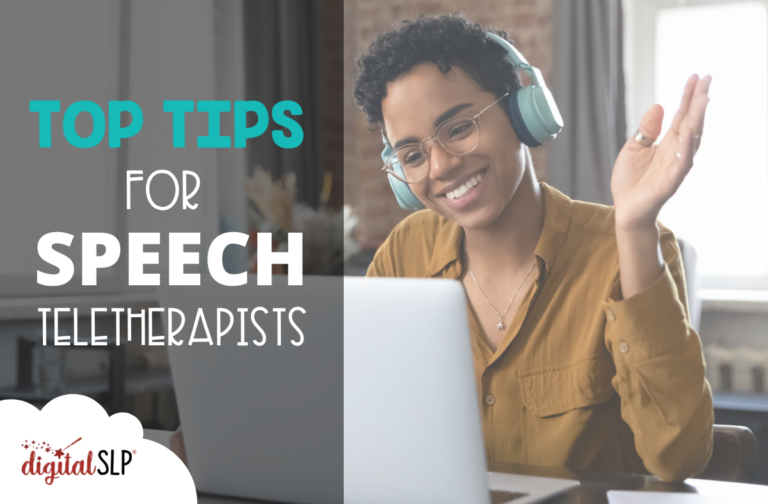

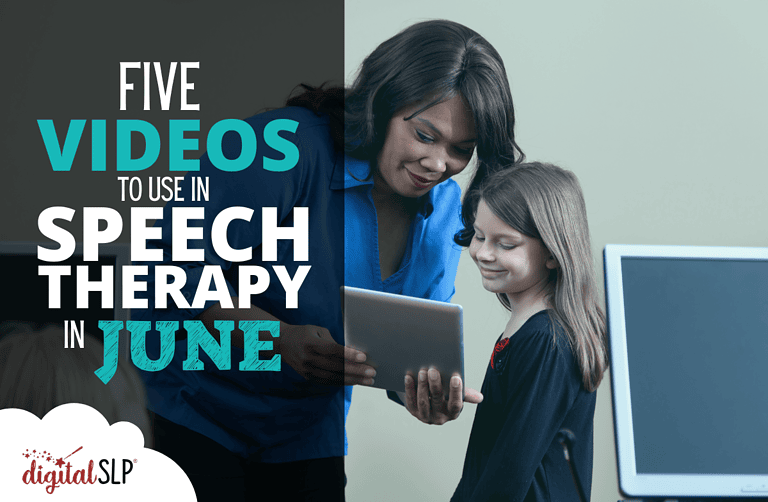


Recent Comments